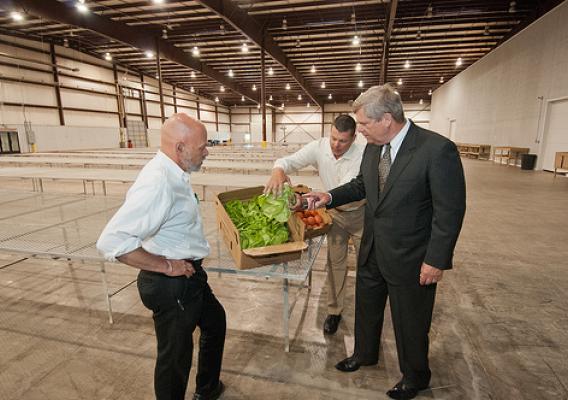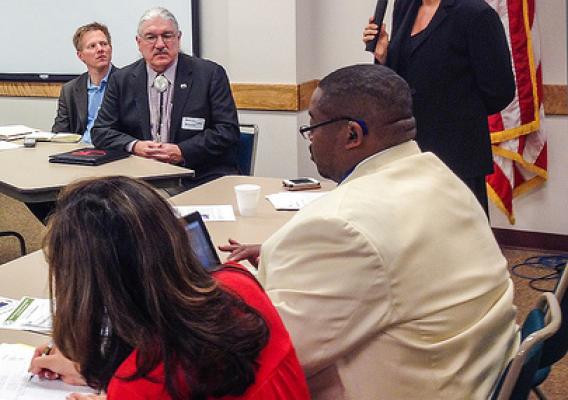2013 is the International Year of Statistics. As part of this global event, every month this year USDA’s National Agricultural Statistics Service will profile careers of individuals who are making significant contributions to improve agricultural statistics in the United States.
I arrived at my present position, an agricultural statistician responsible for analyzing demographic data, by a rather circuitous route. I majored in History and German at Rice University in Houston, Texas. I knew I wanted to explore a different society and see another part of the world, so after I graduated from college, I joined the Peace Corps. I was stationed in Cameroon for two years. That experience gave me a strong desire to be involved in international development activities. After returning to the United States, I attended graduate school at the University of Illinois and Stanford University, where I obtained degrees in Agricultural Economics. My studies involved several statistics courses, so when my interests turned closer to home, I was able to find a position with the National Agricultural Statistics Service using those skills I had gained along the way.







